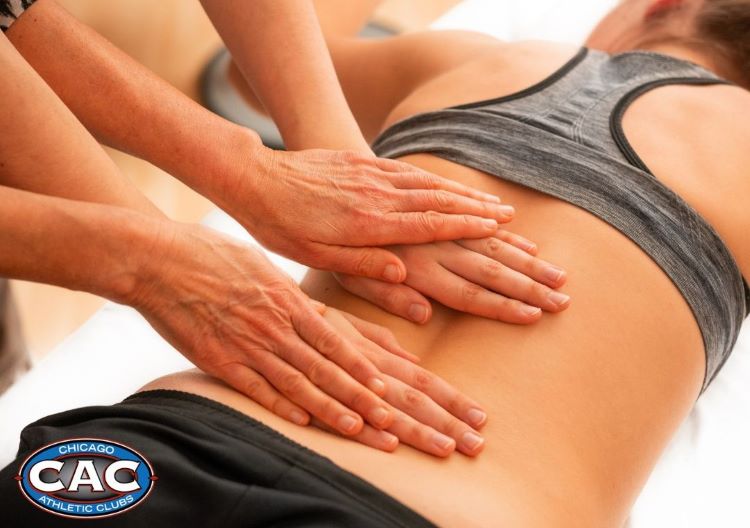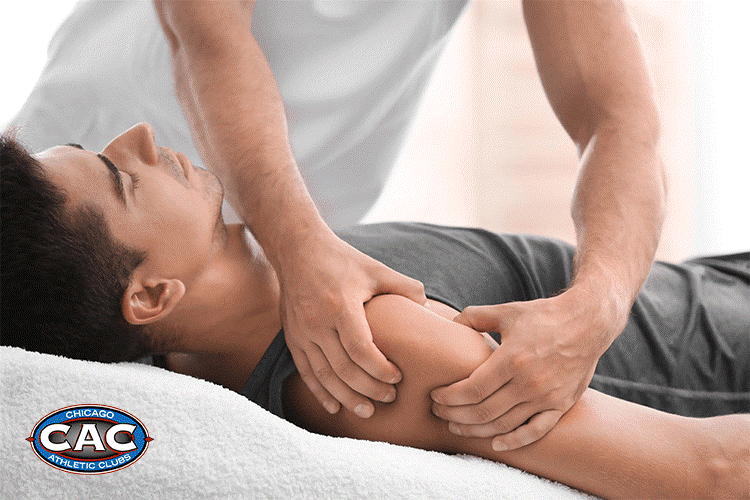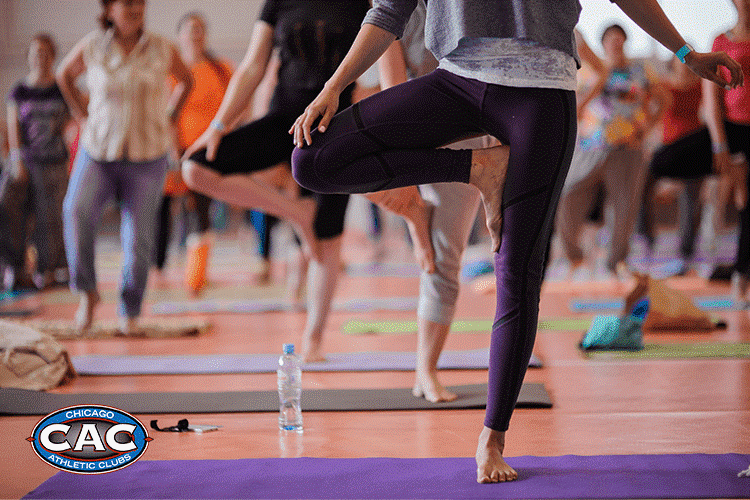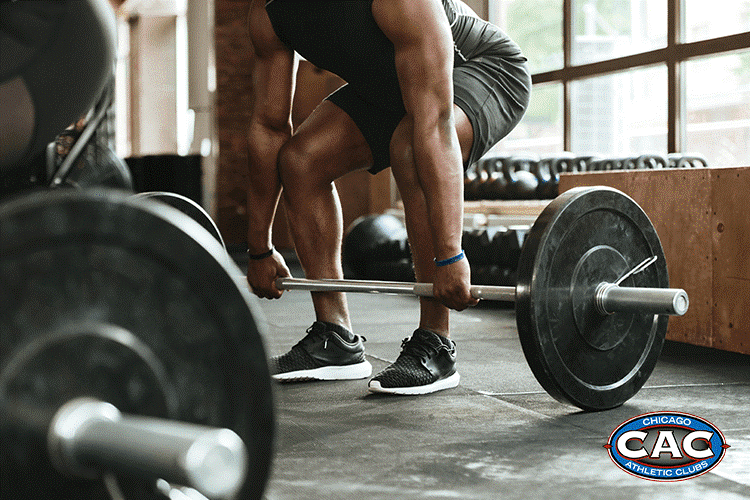MAKE A SPLASH
THIS SUMMER

Join Now For $0 Enrollment!
Learn MorePosted By: Chicago Athletic Clubs /
Whether you are a seasoned athlete, a casual fitness enthusiast, or someone on the cusp of starting their fitness journey, understanding how to take care of your muscles is essential to prioritizing your ongoing health and optimizing your physical performance.
There is no shortage of regimens and techniques to augment your fitness routine. Still, one practical approach for improving performance and preventing or recovering from injuries is Muscle Activation Techniques (MAT).
This guide will review how MAT works, examine its benefits, and offer potential alternatives to the practice.

Muscle Activation Techniques, or MAT, is a non-invasive process designed to help practitioners improve their muscular systems' function, strength, and flexibility. The basic foundation of MAT hinges on the idea that muscle tightness can lead to issues like joint instability and limited range of motion that could heighten the risk of injury.
Biomechanics expert Greg Roskopf developed MAT to identify and address muscular imbalances that can hinder movement and athletic performance and cause pain. A weak muscle may create a compensation pattern that limits the ability to move and increases the possibility of injury. MAT assesses and corrects muscular systems by amending these compensation patterns, allowing muscles to contract efficiently.
MAT involves several steps, the first of which is typically muscle testing. An MAT specialist will perform a series of precise muscle tests that identify weaknesses by pinpointing which specific muscles may not be activating correctly.
Based on the results of these tests, specialists can then create an intervention plan that targets the root of the client's muscular imbalances. Intervention plans consist of corrective exercises that promote muscle strength, activate muscles, and restore their ability to contract.
MAT does not have to be used in isolation. Some clients may incorporate MAT as a complement to other modalities like physical therapy, strength training, or flexibility practices. Athletes like retired NFL quarterback Peyton Manning saw success practicing MAT as a means of both overcoming an injury and improving overall performance.

Since MAT focuses on the use of precise muscle tests to place muscular imbalances, it is naturally a highly individualized form of therapy. Though the technique sets out to achieve a similar goal (improve range of motion and help muscles contract) for most clients, it avoids the one-size-fits-all approach, instead aiming to tailor intervention plans to the unique weaknesses experienced by each person.
Now that we understand how MAT works let's look at the potential benefits of practicing this type of therapy.
Athletes and fitness enthusiasts alike can utilize MAT to optimize their performance. Pro golfer Bryson DeChambeau is an excellent example. When he began practicing MAT in 2020 to work through a back injury, he also went on to lead the professional tour in driving distance, averaging over 323 yards. Clearly, the improved muscle functionality offered by MAT can help athletes at all levels maintain their competitive edge.
MAT may be particularly useful in lowering the risk of overuse injuries. An activation technique can reduce the strain placed on certain muscles and joints, especially due to compensation patterns. Addressing these muscular imbalances helps muscles work together harmoniously rather than overcompensating for one another and causing more strain.
MAT is specifically designed to improve the range of motion, directly linked to flexibility. In fitness, flexibility refers to the ability to move individual muscles and joints in a full range of motion. That range of motion varies depending on the muscle or joint in question. MAT restores balance within the muscular system, thus enabling muscles to move through their full range of motion more efficiently and increasing overall flexibility.

A significant part of muscle function involves stabilizing joints. Since MAT aims to improve muscle function, it may be able to lower the effect of arthritis and aging on physical performance. In general, better muscle function can help maintain the long-term health of the musculoskeletal system.
Pain acts as our body's check engine light. When you experience pain, that should be your sign to visit a healthcare professional who can help you figure out which type of treatment, regimen, or therapy is right for you. Depending on your health situation or the nature of your injury, certain fitness modalities may be more suitable than others.
Since MAT is not necessarily the best choice for everyone, let's discuss a few potential alternatives to MAT that can help stimulate muscle function and improve overall performance.
Strength training, also known as resistance training, is a type of exercise designed to improve muscle strength and joint flexibility. It involves using outside resistance from body weight, medicine balls, resistance bands, or dumbbells to make the muscles contract. Studies indicate that strength training leads to improvements in physical functioning.

Flexibility, core strength, and bodily awareness are the main facets of yoga and pilates exercises. Though they do not necessarily focus on muscle gain, these exercises promote muscular balance, proper posture, and overall strength, all of which can contribute to the prevention of injuries.
Personal training allows individuals to work with a dedicated fitness professional who designs a personalized exercise program that adheres to their fitness goals. It offers a more holistic approach to health and wellness that encompasses various aspects of overall fitness, such as cardio, flexibility training, weight loss, muscle gain, and more.
We hope you learned more about what a muscle activation technique is. At Chicago Athletic Clubs, we put the individual needs of our clients first. We will work with you to develop a fitness regimen that suits your lifestyle. Reach out today to learn more about our facilities, classes, and training programs.
© 2026 Chicago Athletic Clubs. All Rights Reserved. Privacy PolicyEmployee Login
https://www.chicagoathleticclubs.com/
https://www.chicagoathleticclubs.com/services/personal-training/
0
5000
true